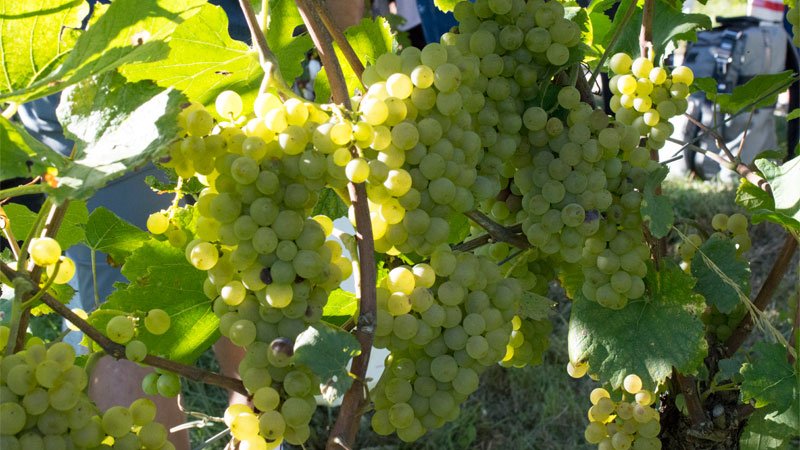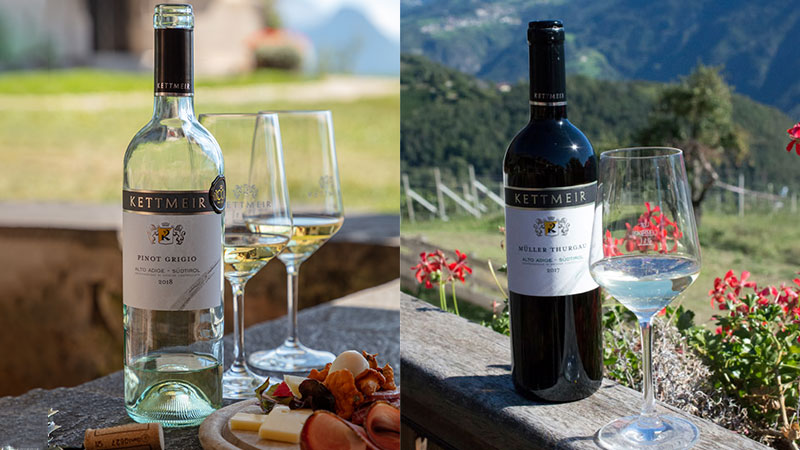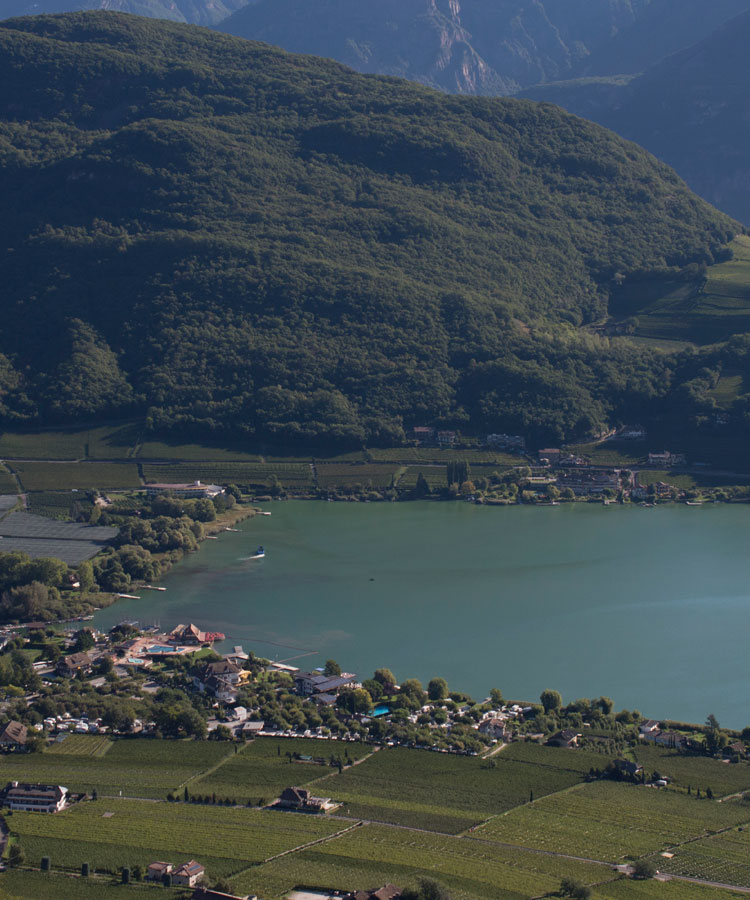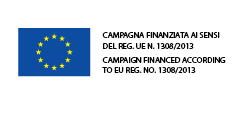
This article and the Visions of Italy series is sponsored by Santa Margherita USA.
In the winter, practically all of Italy makes its way to the Dolomites, an Alpine mountain range in the northeastern reaches of the country, with some of the best skiing in Europe, home to more than 70 ski resorts and nearly 2,000 kilometers of slopes. Bordering Austria and Switzerland, this region of Alto Adige has a strong Germanic influence (all of the street signs are in German), with picturesque chalet towns that make it an ideal winter hideaway.
The beauty of the region is that while it’s cold and high enough to produce outstanding ski conditions, it’s also remarkably sunny, with an average 300 days of sun per year, an important detail not only for skiers looking for a tan, but for grape growers, too. Grapes will ripen even in vineyards that stretch to a chilly 3,000 feet above sea level because they get enough sunlight. Alto Adige’s diversity of soils, crisp, clear water, altitudes, and temperatures make it a prime area for wine production where cool- climate white grapes like Pinot Bianco and Müller Thurgau and native red grapes, such as Schiava and Lagrein, grow and thrive.
One winery that’s proven the potential of this region, vintage in, vintage out, is Kettmeir, located in the town of Caldaro along a shallow, teal-blue lake. Kettmeir’s track record spans an entire century since its founding in 1919 by Giuseppe Kettmeir. Kettmeir’s Pinot Grigio, Pinot Bianco, and Müller Thurgau are clean, bright wines that are as fresh and crystalline as the glacial waters flowing through the region’s snow-capped mountains. Together, the wines form a perfect trio that pairs flawlessly with any cuisine and has the power to enhance every season.

Alpine Craftsmanship
With purple mountains, sparkling rivers and cascading waterfalls, Alto Adige is more than just a snow globe. The harvest and summertime are equally alluring for hikers seeking wildflowers and ice-blue lakes. These warmer months also serve as the perfect time to visit Kettmeir and soak up the region’s scenery and history — while sampling the wine, of course.
Less than a mile from the clear alpine waters of Lake Caldaro, Kettmeir is nestled in the hills where the varied glacial soil deposits meet crisp, clean air, likely why this area has been cultivating vines since 15 B.C. The winery, now in its hundredth year, draws on decades of careful craftsmanship, the region’s traditions, and culture preserved through an ancient practice known as the Maso Chiuso, or closed farm. Today, the land is worked by the expert hands of South Tyrolean vineyard workers who draw on methods and knowledge that have been passed down through generations and — along with the winery’s 60 loyal grape growers — share Kettmeir’s passion for producing wines of the highest quality.
High-Altitude Wines
While many eschew white wine for red in the cooler months, the smack of an ice cold Pinot Bianco coalesces so nicely with this time of year. Kettmeir’s three still white wines are sourced from different areas of the region and each offers distinct flavors and finishes destined to enhance any winter meal.
Kettmeir’s Pinot Bianco is grown in Caldaro, a gentle and predominantly flat valley surrounded by protective hills and moderated temperatures thanks to the presence of Lake Caldaro, which is only about 6 feet at its deepest. Dry, with bright acidity, it leads with aromas of white flowers followed by refreshing green apple and citrus notes. With a persistent mineral-driven finish, the versatile wine pairs well with any chalet fare — from cheese to roast chicken.
The winery’s classic example of Pinot Grigio is made from grapes sourced from alongside the Adige River and lower Adige Valley. A complex and sophisticated wine characterized by citrus and peach notes and a dry, crisp finish, it serves as the perfect foil to the steam of the hot tub or glow of the fire while you’re warming up after a day of sledding and snow angels.
And last but certainly not least is the Müller Thurgau, a grape that points to the region’s Germanic influence. Hailing from the high slopes (2,400 feet) of Soprabolzano, the fresh wine is fragrant with white mountain flowers, honeydew melon, and citrus blossom and offers a clean finish that makes for a fine aperitif. Forget the fridge and stick a bottle in the snow to chill while you frolic in the frost (just be sure to remember where you bury it).

Green Grapes
In 2009, the vast range of the Dolomites, which consists of 18 craggy, snow-capped peaks, was recognized as a UNESCO World Heritage Site for its natural beauty and geological value, but the United Nations isn’t the only organization dedicated to the preservation of Alto Adige.
Kettmeir is doing its part to look out for the region and the earth, not only by working to ensure the health and wellbeing of its vineyards, but through an unwavering commitment to sustainability and the adoption of eco-friendly practices and processes in its vineyards and winery.
By harnessing only energy derived from 100 percent renewable sources (such as solar power) and eschewing the use of chemicals, Kettmeir isn’t just making better wine, but working toward a better world, ensuring we’ll be able to enjoy the natural beauty of Alto Adige — while popping bottles of its unparalleled wines — for years to come.

This article is sponsored by Kettmeir.


